Why Gardeners Are Obsessed With Seed Saving
As an Amazon Associate and member of other affiliate programs, I earn from qualifying purchases.
Seed saving is a very important part of your gardening life. Seeds are the foundation of your future gardens. Besides being vital to growing food every year, there are lots of reasons that gardeners are obsessed with seed saving.
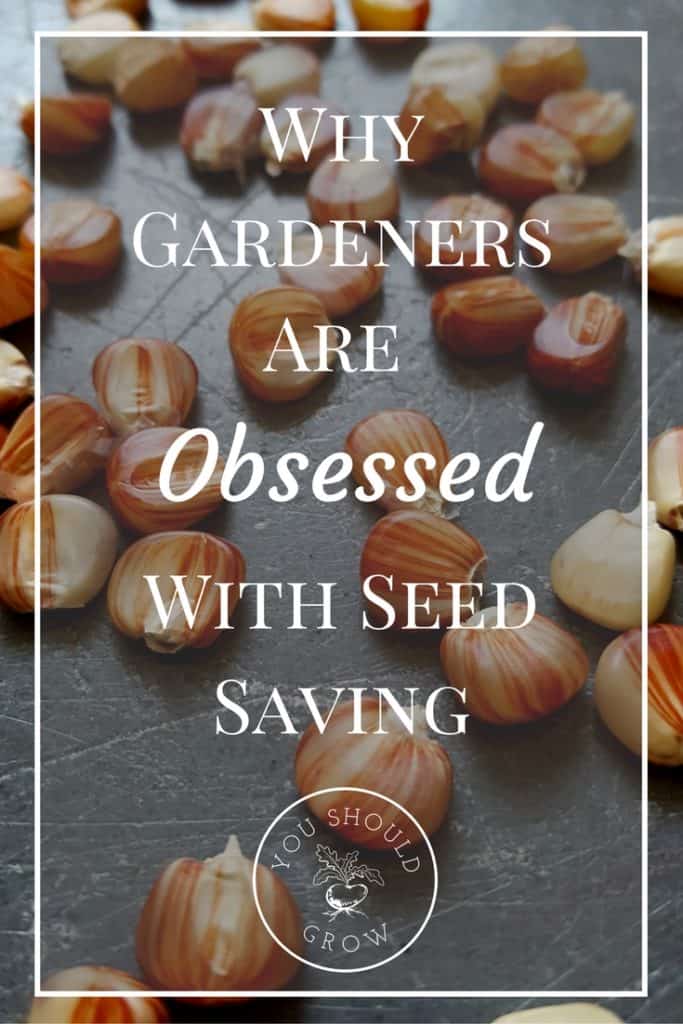
Saving seeds is less expensive than buying them.
Individual seed packets are not very expensive, but, let’s be honest, gardeners never buy just one pack of seeds. On our farm, we save seed every year, but we still end up buying several packs of seed, too.
Every year there are new varieties of many different vegetables to try, and I know I will want some. So it saves me a lot of money to save seeds, especially from varieties I know I will grow every year.
Saved seed often grows better in your area.
Seed saving is the best way to grow varieties that are adjusted to your growing zone. While most plants will grow similarly from zone to zone, over time a particular line can develop subtle differences in the way it tolerates disease in your area or absorbs nutrients from a particular type of soil.
When choosing fruit to save seed from, select the healthiest plants in your garden to create seed stock that is tailored to growing well in your area.
Saving seed preserves rare and unusual varieties.
Would you believe that some varieties of vegetables are on the brink of extinction? I certainly never thought much about losing heirloom tomato breeds before I started gardening, but home growers are the ones who are saving these varieties from extinction. Purchasing rare and unusual varieties can cost as much $10 for 5 seeds. Yes, that is $2 per seed. Whether you plan on saving them or selling them, it is always worth saving seed from rare and unusual varieties.
Purchasing rare and unusual varieties can cost as much $10 for 5 seeds. Yes, that is $2 per seed! Whether you plan on saving them or selling them, it is always worth saving seed from rare and unusual varieties.
Whether you plan on saving them or selling them, it is always worth saving seed from rare and unusual varieties.
It is fun when you discover new crosses.
Sometimes you get a surprise plant that is different from the rest. In a field of tomatoes or peppers, you never know how many little pollinators have visited your plants, or, rarely, a genetic mutation can occur that changes something in a particular variety. You’ll never know this happens unless you are growing out saved seed. We have had some amazing random crosses over the years-delicious yellow tomatoes saved from a green when ripe variety and beautiful blue striping on a red tomato that seems to have popped out of nowhere.
You’ll never know this happens unless you are growing out saved seed. We have had some amazing random crosses over the years-delicious yellow tomatoes saved from a green when ripe variety and beautiful blue striping on a red tomato that seems to have popped out of nowhere.
It’s important to have a seed stash just in case something hits the fan.
Sure, seeds are everywhere now. But what if something happens and it becomes difficult to get seeds? What if you lose your job? What if the price of seeds starts to rise? What if the whole world wide web goes down or there is a zombie apocalypse?
Saving seed is a simple step toward being prepared to take care of your family if something does hit the fan.
It is convenient having the seed ready when you are.
Gardening for us is not all that organized, we always make a plan to grow a balanced food garden, but when it comes down to it, whatever gets planted is what we grow. It’s nice to have a stash of seeds ready to go when I am.
Between work, school, and after-school activities, it can be difficult to find time to fit in planting. So having seeds available to plant when I have time to plant them is a necessity.
A seed stash offers variety.
Even though we don’t grow out every variety we save from, we have lots of options. Maybe one year we decide we want to grow several types of paste tomatoes.
I don’t want to have to research or re-purchase seeds for my favorite varieties. If I have been seed saving, then I already have a catalog of varieties to choose from.
Seed swaps are a fun way to share seeds and learn about gardening.
Talk to your gardening friends about trading seeds. If you don’t need 50 seeds from the same type of tomato, see if your friends want some and trade. We’ve been to seed exchange parties, and came away with some great finds! Everyone brings some seeds to share and leaves with a few new varieties to try. It’s a great opportunity to talk to fellow gardeners about their favorite plants, get growing tips, and come away with some new seeds.
Seed packets make great gifts.
Seed packs make great gifts for your gardening friends. What gardener wouldn’t want a homemade gift basket with seeds, organic fertilizer, garden gloves, and maybe a wide brim hat or a stainless water bottle? These are gifts gardeners can always use.
Seed saving tips
If you’re not familiar with how to save seeds, just keep these general rules in mind.
- Choose fruit from a healthy plant.
- Allow the fruit to ripen fully.
- Many fruits and vegetables are picked and consumed before they are fully ripe. Generally speaking, when left to fully ripen either on or off the plant, the fully ripe fruit will turn colors-often yellow or orange.
- The seeds are more viable when saved from a fully ripened fruit.
- Remove the seeds from the ripe fruit. Clean off any meat of the fruit with your fingers…not water.
- Allow the seeds to air dry for about a week. If they are not dry, they can rot during storage.
- Store in paper envelopes. Glass and plastic are fine when you are positive the seeds contain no moisture.
- Keep in a cool, dark, and dry area, and they will remain viable for several years. However, seeds older than 3 years may not germinate very well, so plant extra.
- Tomatoes are special. Read the three easy steps to saving tomato seeds.
When saving seed, it is important to consider whether your fruit comes from a hybrid or open-pollinated variety.
If you’re not sure why that matters, please read my post that explains the difference between heirlooms, hybrids, and GMOs.
When it’s time to start your seeds, follow our step by step guide and, just in case, here’s how to troubleshoot seed start fails.
Now it’s your turn. I’d love to hear from you.
Why do you save seed?
Have you ever hosted or participated in seed swap?


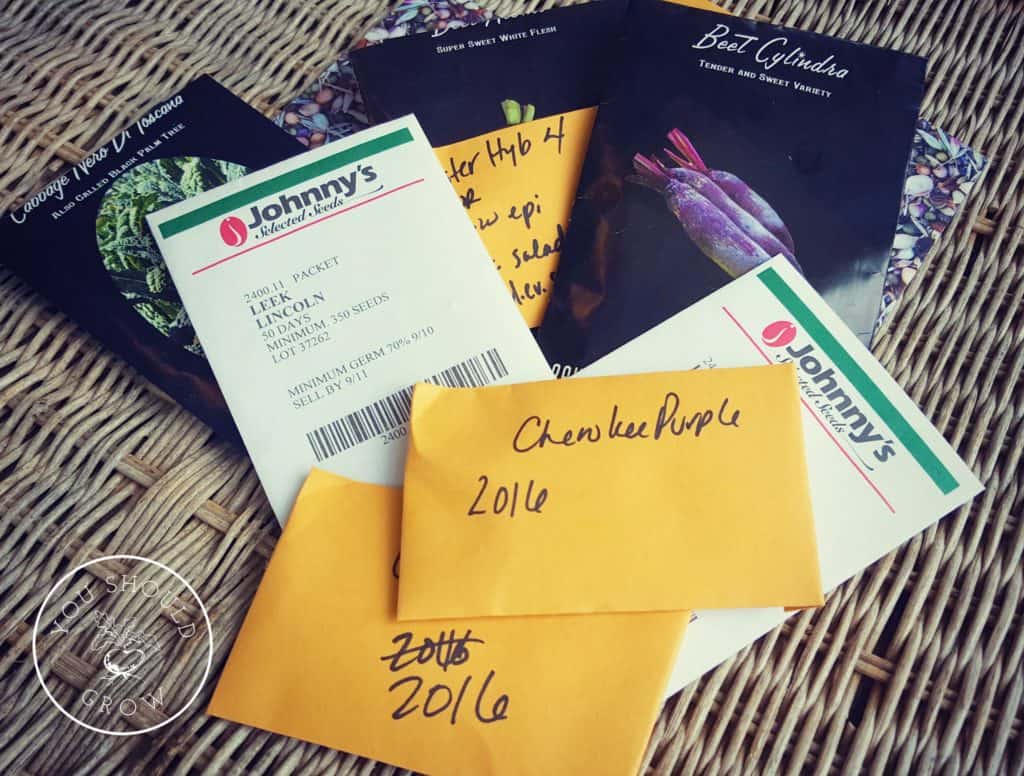
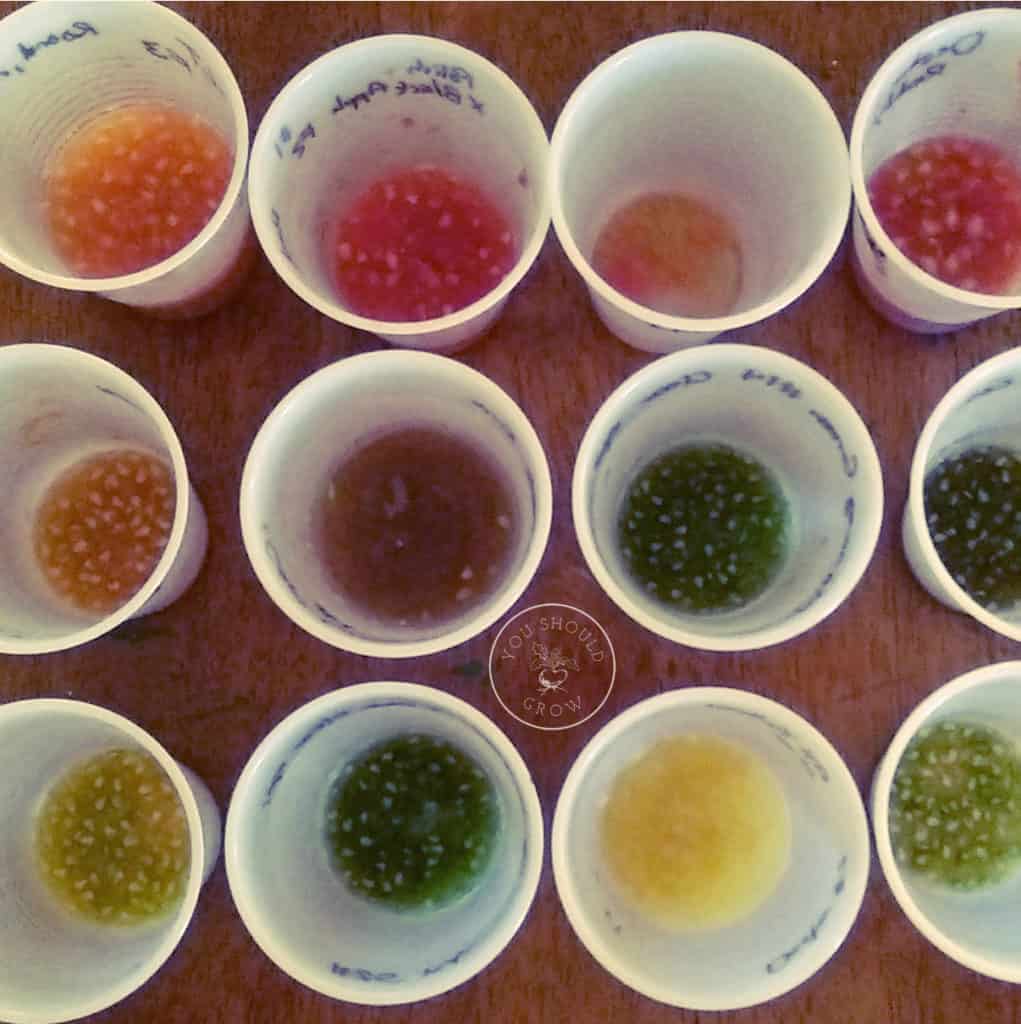

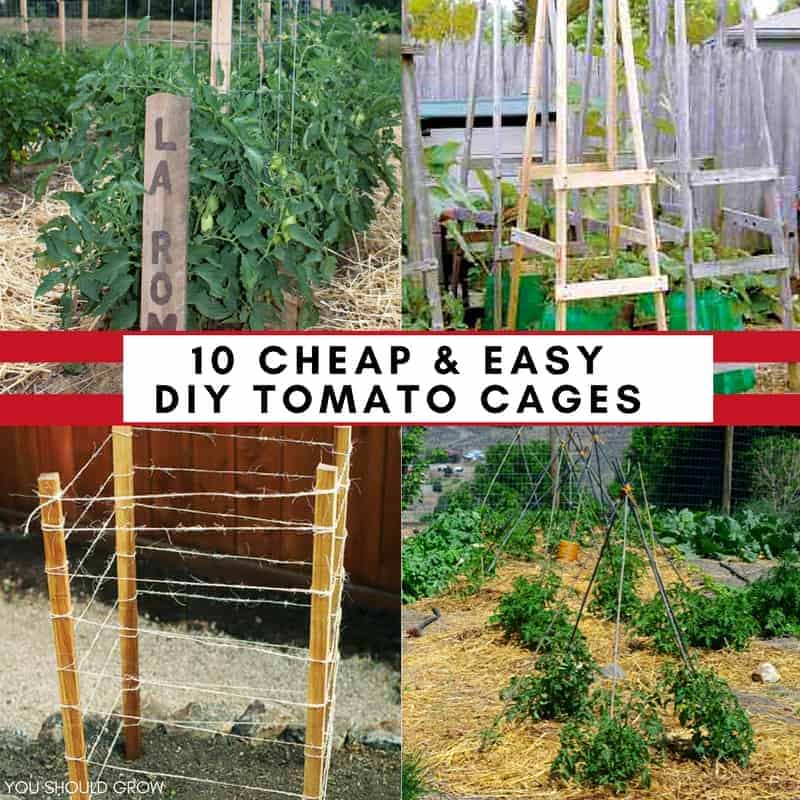
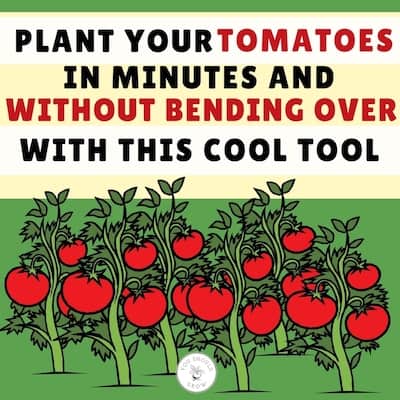

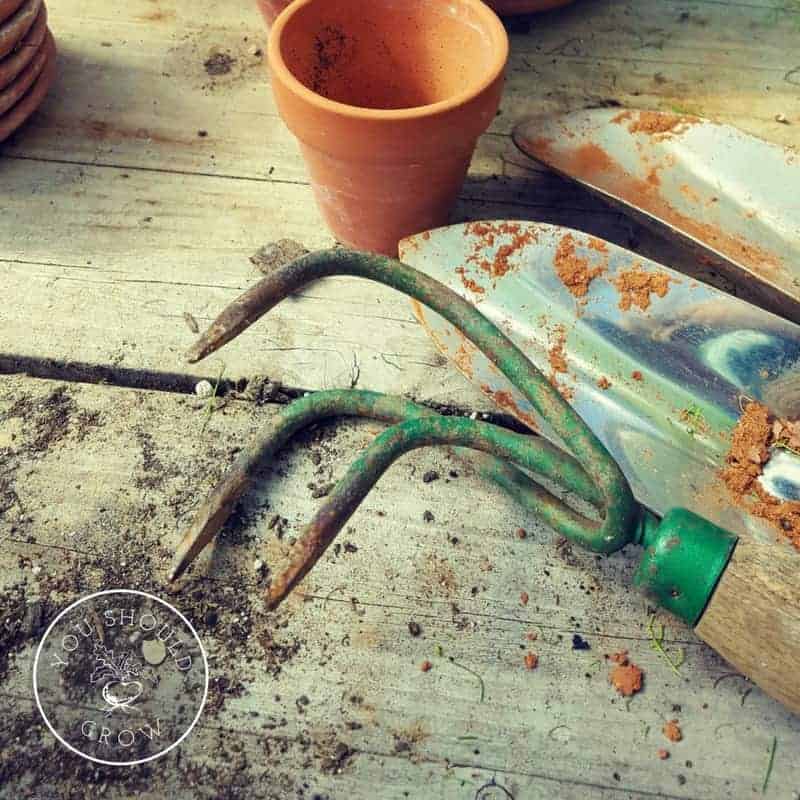
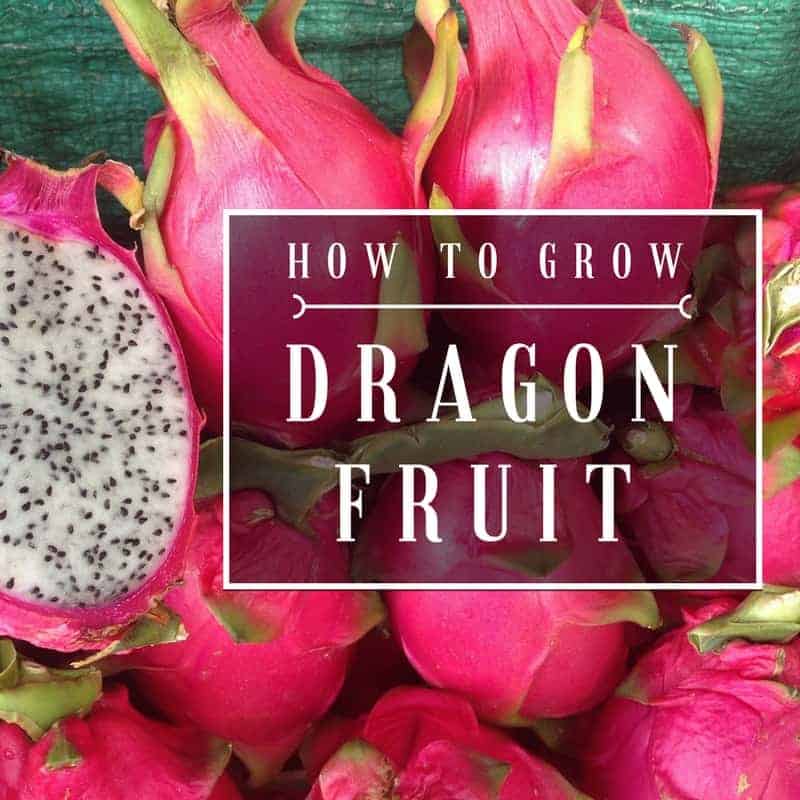
To learn more about seed saving is on my to do list. For me it it starts with growing open pollinated plants. Thank you for your great info, pinned it.
Hey Anna, thanks for stopping by! Excellent point about the open-pollinated plants. I updated the article to mention that. 🙂
I seed save pretty much everything. I’ve been doing this since I was a kid each garden season so it’s just a natural thing to incorporate. Good habits taught from Grandma just never retire. Great tips enjoyed!!
Thanks, Carole! I’m glad to have a visitor as seed obsessed as we are! It is definitely a skill worth passing along, and I hope my kiddos learn to love gardening as much as we do. 🙂
Love seed saving! It takes us a few years of it to get perfect growing produce for our area but it is so worth it!
I’ve been getting heirloom seeds for several years now but I haven’t started saving! I need/want to! This is great information!
Go for it, Delci!
I started saving seeds last year, and plan to make this a regular part of growing. In addition to all the practical reasons you suggested, I also find seed saving to be a way to work against the industrial food and agricultural systems. Just as growing my own food, cooking from scratch and buying local, saving seeds, buying from small growers, and participating in seed swaps are ‘radical’ ways to step outside the system.
Ok. I’ll be the first to say it “out loud”. This is my first year of seed saving and I’m already addicted. And with that, I’ll pass..